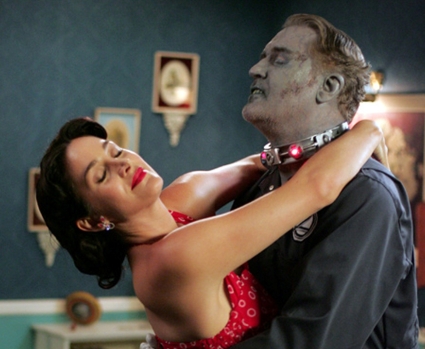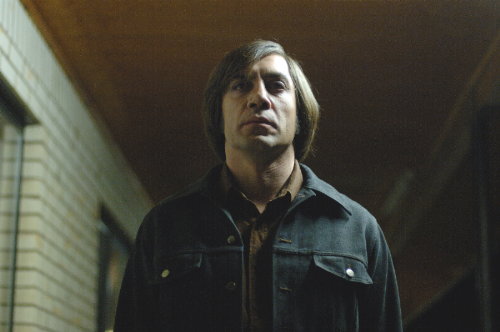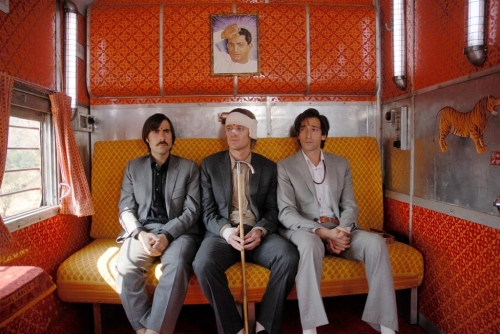
This engaging little zombie flick showed up in Columbus twice already this year, screening at last spring’s Ohio Science Fiction Marathon and then again at the Deep Focus Film Fest, and now it’s finally shambling back for a longer stay at the Drexel…but not much longer, apparently.
The city’s art-house mini-chain announced to critics and media that Fido would be opening in Columbus tomorrow for a split-run at the Drexel Grandview. As of Thursday afternoon, however, the Drexel’s website has just two showings listed for Fido—Friday and Saturday, October 12 and 13, at midnight at The Gateway. According to second hand info, those are the only screenings the Drexel intends at this point, but we haven’t gotten any formal update.
But longer engagement seems unlikely, as the movie should be available on DVD October 23, and it’s hard to ask people to pay admission to see a movie on a big screen that they can rent, borrow or buy for a fraction of the cost.
It’s too bad, because it really is a pretty great movie, with the sorts of visuals that really should be seen on a big screen.
Let me tell you about it…*
Directed by Andrew Currie from a script by Currie, Robert Chomiak and Dennis Heaton, Fido has an interesting—and decidedly retro—spin on the zombipocalypse story, taking its cues from old-school family television.
A brisk newsreel-meets-Night of the Living Dead classroom filmstrip tells the tale of the long-past zombie wars, during which a cloud of radioactivity from space began reanimating the dead. The living ultimately won out, thanks to benevolent corporation Zomcon’s timely invention of a special collar that makes zombies helpful domestic servants. Kind of like slavery.
Continue reading →









